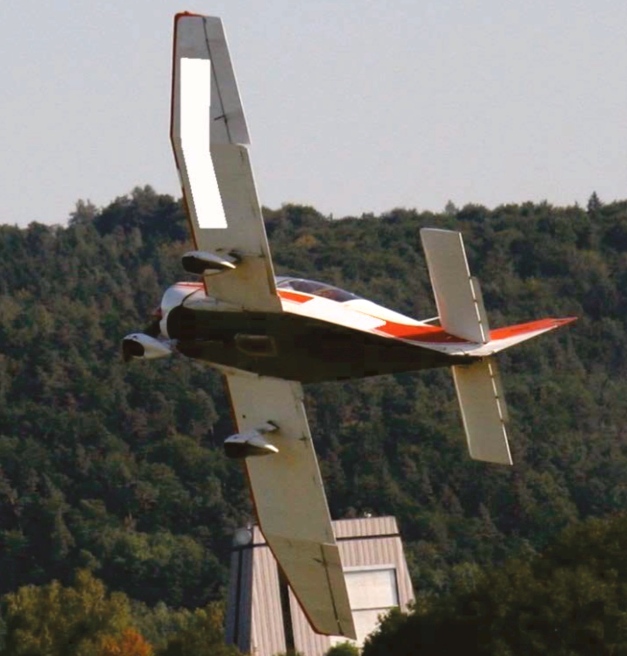 Ever felt impatient to start your take-off quickly after a departing aircraft? Here’s a short video which might help your patience and perhaps even save your life.
Ever felt impatient to start your take-off quickly after a departing aircraft? Here’s a short video which might help your patience and perhaps even save your life.
In late 2012, a Robin DR400 low-wing light aircraft with four people on board was taking off from a grass strip in what seemed like perfect conditions. Suddenly the aircraft banked steeply to the right and in spite of full opposite aileron and rudder, the DR400 impacted the ground. About 45 seconds before, an Antonov AN-2 had taken off from the same runway.
Click the photo to see the video. I found the background music completely inappropriate but as everything is captioned on-screen, you can turn the music down or mute it.
Here’s a link to the full written report (in English): Wake turbulence hazard analysis
Our Light Sport and Recreational Aircraft are often much lighter than GA aircraft – so TAKE YOUR TIME and don’t take off for at least 2 minutes after another aircraft, particularly a heavier one in light wind conditions!
PS – the only time I experienced wake turbulence myself was at about 3,000 feet in a clear sky following about 200-300 metres behind another light sport aircraft. It happened very suddenly and felt like a huge hand had pulled hard down on one wing. Instinctively I applied opposite controls but for a long moment it made absolutely no difference. Thankfully I dropped out of the turbulence within seconds but it was one of the scariest moments of my flying life.

Sobering ! Back in 1996 I flew Airborne Trikes in the Florida “Sun N Fun”, demo area called Paradise City. The ground marshalls controlling the circuit area, in efforts to fit as many people in the one circuit as possible forced everyone to be taking off and landing in wake turbulence. Although it was extremely scary and trying at times, it was doable, as we were all ultralights with similar speeds and power.
Very sobering indeed. I wonder what part a peculiar aspect of the AN-2 may have played in this ? Being a very large biplane (the largest ?) I have noted before that the brain makes them look a lot smaller than they are when seen at a distance. To the sub-conscious mind of the Robin pilot it might have looked like following a Tiger moth on take-off, rather than something much, much bigger. Anyway, my note-to-self is to remember this chilling video when ever feeling rushed to expedite following ANY aircraft on to the runway or on short final.
Pingback: More on wake turbulence | Foxbat Pilot